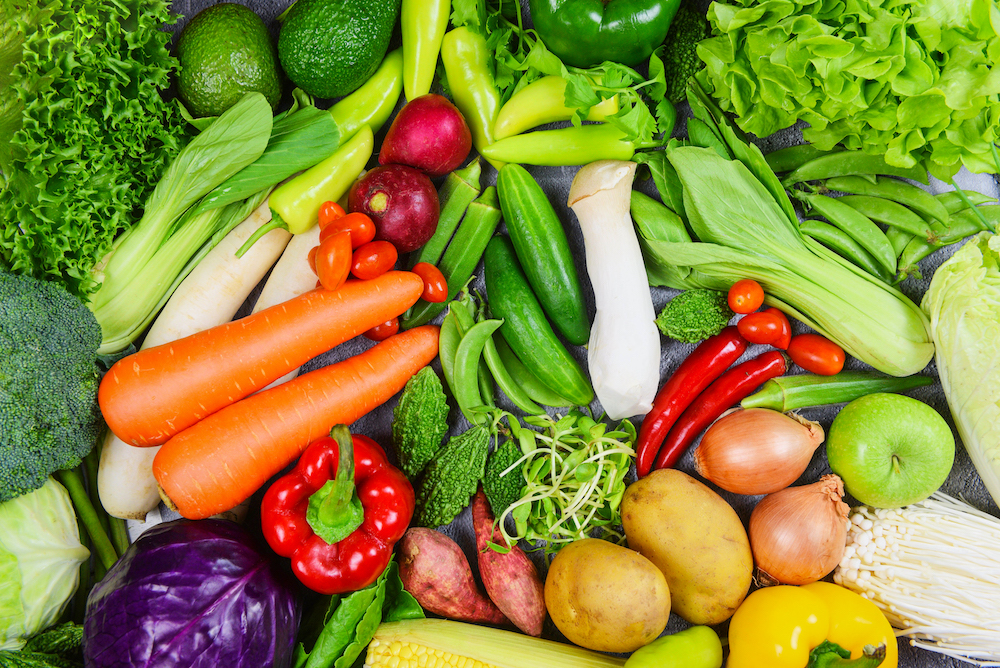10 Tips to Get Your Children to Eat Vegetables

Have you ever spent time preparing a healthy meal, only to face resistance when it’s time to eat? Many parents struggle to get their children to enjoy vegetables, but don’t worry—you’re not alone! Here are 10 tips to help make veggies a part of your child’s diet:
1. Start Early
Introduce vegetables to your children when they are babies. Early exposure helps develop a taste for them, making acceptance easier as they grow.
2. Set a Good Example
Children tend to mimic what they see. Make sure you’re eating plenty of vegetables when they’re around, and they’ll be more likely to follow your lead.
3. Offer Veggies Throughout the Day
If dinnertime becomes a veggie battle, try serving small portions of vegetables throughout the day in snacks or lunches to increase their exposure.
4. Stay Persistent
Don’t be discouraged if your child doesn’t like a vegetable the first time. It often takes 10 to 15 tries before children get used to a new taste, so keep offering them without pressure.
5. Avoid Negotiating
Resist the urge to bargain with your child over vegetables. Start with small portions and gradually increase them over time. Patience is key!
6. Cut Vegetables into Small Pieces
Smaller, bite-sized pieces make vegetables more approachable and less intimidating for children to eat.
7. Sneak Them into Favorite Dishes
Incorporate vegetables into meals your children already love, such as blending spinach into pasta sauce or adding finely chopped veggies to a pizza.
8. Add Variety
Keep it fun and interesting by offering different vegetables each day. This prevents boredom and gives your child a broader range of nutrients.
9. Get Creative with Preparation
Experiment with cooking methods—steam, roast, grill, or serve raw. Trying a vegetable in different ways may help your child discover their favorite.
10. Involve Your Children
Turn meal prep into a fun activity by letting your kids pick out vegetables at the store, wash them, or help with cooking. When they feel involved, they’re more likely to want to eat what they helped make.
By using these tips, you’ll not only encourage your children to eat more vegetables but also help them develop healthier eating habits for life.


